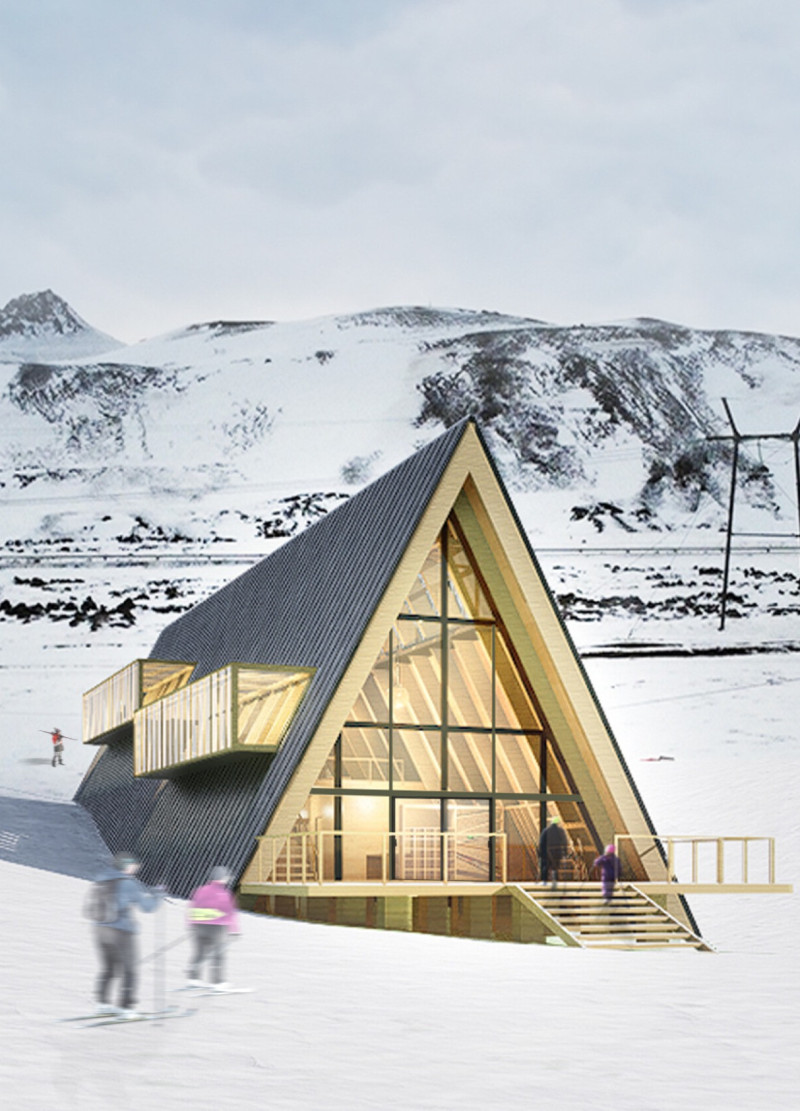5 key facts about this project
The architectural design features a carefully considered layout that effectively organizes spaces to facilitate both public and private interactions. Key areas within the project include flexible workspaces, collaborative zones, and social gathering spots, all orchestrated to encourage collaboration and connectivity among its users. The configuration of these spaces reflects an understanding of contemporary needs in mixed-use environments, where adaptability and the fostering of community are essential. By integrating areas for social interaction with functional workspaces, the design acknowledges the increasingly blurred lines between professional and communal life.
One of the important aspects of the project is its material palette, which has been selected for its sustainability and performance characteristics. The use of materials such as locally sourced wood, glass, and recycled concrete is both a nod to environmental responsibility and an elevation of the overall aesthetic. The natural wood contributes warmth and texture, making the interior spaces inviting, while large glass elements maximize natural light and promote a connection to the external environment. The careful juxtaposition of these materials creates a cohesive design language that is both visually appealing and contextually appropriate.
The architectural strategies employed in this project are noteworthy for their unique approach to sustainability. The design incorporates passive solar strategies, green roofing, and rainwater harvesting systems, which collectively reduce the building's ecological footprint and open dialogue around responsible building practices. Not only does this focus on sustainability serve the immediate purpose of reducing energy consumption, but it also positions the project as a forward-thinking contribution to discussions about climate change and environmental impact in architecture.
In addition to its environmental considerations, the project also embraces modern technology through intelligent building systems that enhance user comfort and efficiency. Smart lighting, climate control, and adaptive ventilation systems ensure that energy use is optimized without compromising on occupant experience. This integration of technology into the architectural design enhances the functionality of the space while responding to the evolving demands of contemporary users.
This project stands out not only for its thoughtful design and adherence to sustainable practices but also for its commitment to engaging with the community it serves. By designing public-facing areas that are accessible and inviting, the architects have created a space that encourages community interaction and promotes social cohesion. This emphasis on public engagement highlights the project's role as a civic space, reinforcing architecture's potential to act as a catalyst for community development.
Overall, this architectural project reflects a deep understanding of current design imperatives while presenting a clear vision for the future. It serves as a testament to the power of architecture to shape environments that are both functional and enriching for their users. As you explore this project further, consider delving into its architectural plans, sections, and detailed designs. Engaging with these elements will provide you with a richer understanding of the architectural ideas and design approaches that have culminated in this sophisticated project.


























